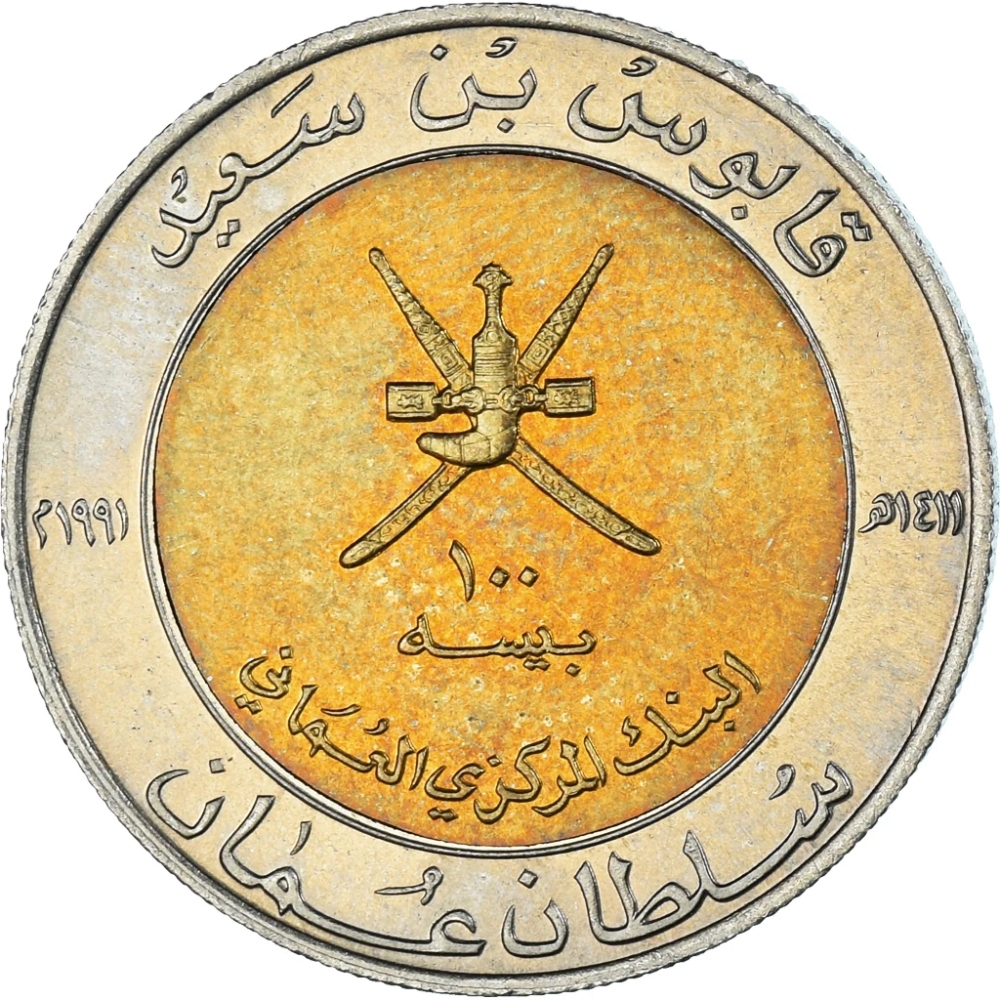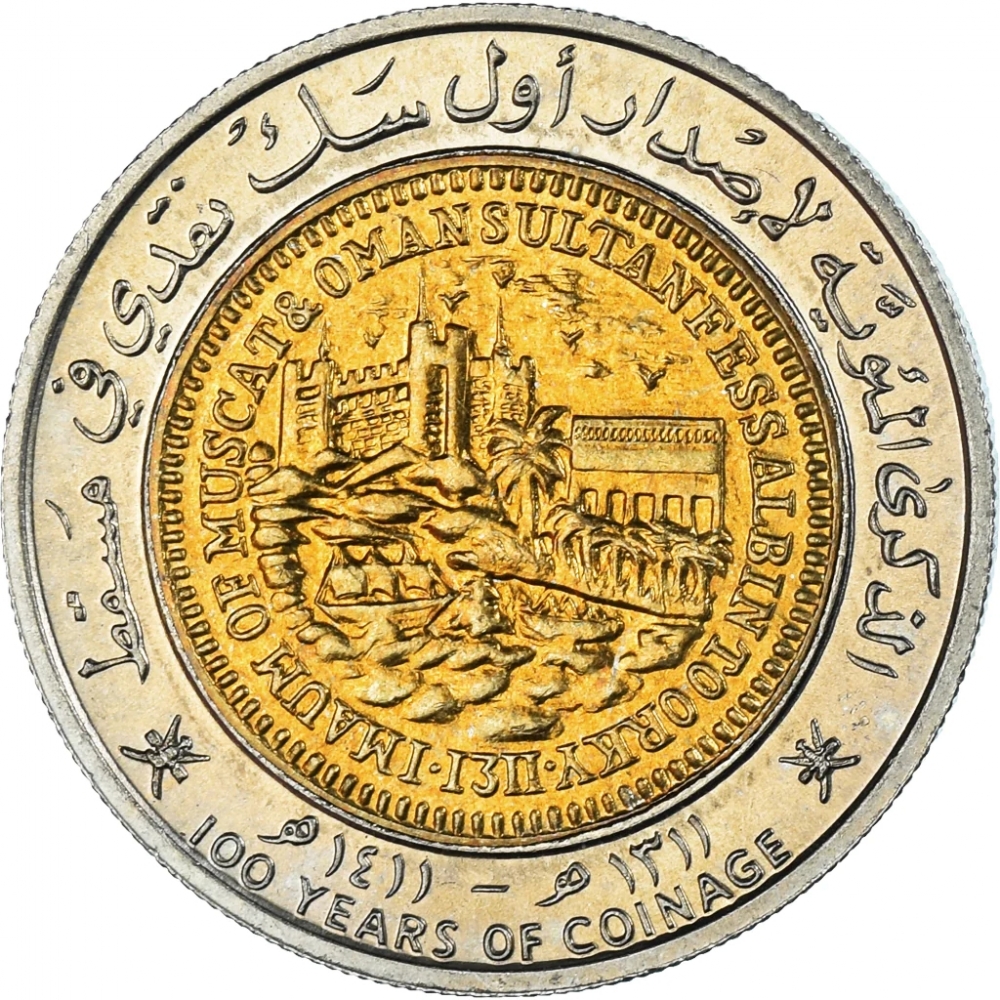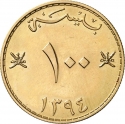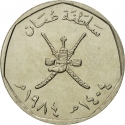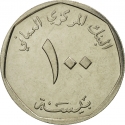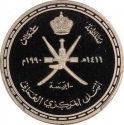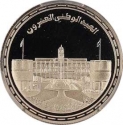You are about to finish your registration. Please check your mailbox (including spam folder). There should be a letter with a confirmation link. Check setting to make sure that your e-mail address is correct.
Send letter againDescription
Before 1940, the Indian Rupee was predominantly utilized along Oman’s coastlines, while the Maria Teresa Thaler circulated in the inland regions. In fact, ruler Faisal bin Turki specifically minted ½ and ¼ anna coins for circulation in the Sultanate of Muscat and Oman in 1890. The Maria Theresa Thaler held a value of 230 paisa, with 64 paisa equivalent to the rupee. In 1940, coins were introduced for the Dhofar region, followed by coins for the Sultanate of Oman. Both coinages were denominated in Oman Baisa, with 200 baisa equivalent to one Omani rial. However, the circulation of the Indian and Gulf rupee persisted.
In 1970, the rial Saidi was established as Oman's currency, with parity to the British pound, replacing the Gulf rupee at a rate of 21 rupees to the rial. The new Omani rial was subdivided into 1000 baisa. Subsequently, in 1973, the Omani rial replaced the rial Saidi at par value. In 1970, Oman issued coins in denominations of 2, 5, 10, 25, 50, and 100 baisa. In 1975, new coins were introduced bearing the country's name as Oman. Quarter and half rial coins were later introduced in 1980.
Obverse

|
National Emblem of Oman, denomination and legend "Central Bank of Oman" below surrounded by inscription "Qaboos bin Said" above and "Sultan of Oman" below, date in both sides. قابوس بن سعيد |
|---|---|
Reverse

|
Depicts the obverse of 1/12 Anna at the center with a city view of Al Jalali Fort, palm trees, palaces and boats legend around surrounded by the inscription "100 YEARS OF COINAGE" between two small arms with the date. الذكرى المئوية لإصدار أول سك نقدي في مسقط |
| Edge |
100 Baisa
100th Anniversary of Omani Coinage
KM# 82 Schön# 98
100th Anniversary of Omani Coinage
Characteristics
| Type | Commemorative Issue (Circulating) |
| Material | Bi-Metallic |
| Ring | Cupronickel |
| Center | Aluminium Bronze |
| Weight | 6.938 g |
| Diameter | 25 mm |
| Thickness | 1.9 mm |
| Shape |
|
| Alignment | Medal |
